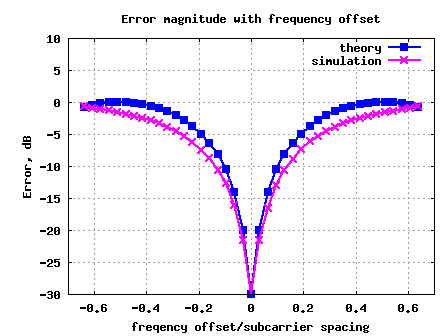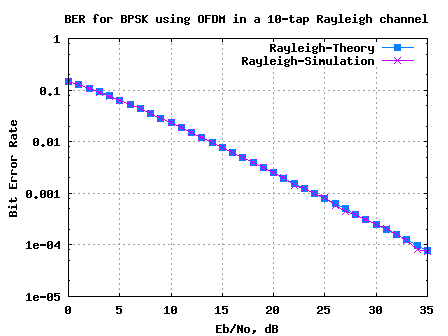IEEE 802.11ac Very High Throughput (for <6GHz band) is an upcoming standard which is development by IEEE standardization committee. The mandate of Task Group AC is supposed to enhance the High Throughput rates achieved by 802.11n. As described in the document VHT below 6GHz PAR plus 5C’s (802.11-08/0807r4) the group has the following objectives :
a) Maximum Multi station (STA) throughput of atleast 1Gbps and a maximum single link throughput of atleast 500Mbps.
b) Operation below 6GHz while ensuring backward compatibility and coexistence with legacy 802.11 devices in 5GHz unlicensed bands.
Two among some of the presentations discussing the system’s feasibility are :
1) On the feasibility of 1Gbps for various MAC/PHY architectures (IEEE-802.11-08/0307)
[gview file=”https://mentor.ieee.org/802.11/file/08/11-08-0307-01-0vht-on-the-feasibility-of-1gbps-for-various-mac-phy-architectures.ppt” save=1]
In slide3 of the ppt, Intel’s study showed that 160MHz bandwidth with 4×4 MIMO is required to achieve around 1Gbps MAC throughput. However, if we allow simultaneous multiple channel usage, we need only 100MHz bandwidth to hit 1Gbps MAC throughput.
2) PHY and MAC Throughput Analysis with 80 MHz for VHT below 6 GHz (IEEE 802.11-08/0535r0)
[gview file=”https://mentor.ieee.org/802.11/file/08/11-08-0535-00-0vht-phy-and-mac-throughput-analysis-with-80-mhz-for-vht-below-6-ghz.ppt” save=1]
The presentation shows that 1Gbps MAC throughput is not reliably achieved with 4×4 MIMO 80MHz bandwidth and 256QAM.
Both the above presentations point to the fact that going to higher throughput cannot be achieved by bandwidth expansion alone. We will see more intelligent channel usage approaches. We will discuss more in the upcoming posts.



Sir, KIndly tell me how can i increase bandwidth of wifi ??
@Ashish: The 802.11 phy specifications increased the bandwidth over the years – started with 802.11a/g – 20MHz, moved to 802.11n – with 20/40MHz and 802.11ac – 20/40/80/160MHz.
The subcarrier spacing was kept constant across the different bandwidths at 312.5kHz. The numbers where 20MHz with 64pt fft, 40MHz with 128 pt fft, 80MHz with 256pt fft and so on…
Dear Krishna Sankar
When I check some paper and specification, I found some different point between IEEE 802.11n and IEEE 802.11ac.
– Using different modulation scheme as subcarrier.
The IEEE 802.11n use different modulation as subcarrier.
For example, high SNR subcarrier use 64QAM and low SNR subcarrier use QPSK like water filling method.
I think, the water filling method is optimal solution for wide band communication.
However, the IEEE 802.11ac does not use water filling scheme.
That is, the IEEE 802.11ac only use same modulation scheme regardless each subcarrier channel condition.
Would you explain why the IEEE 802.11ac does not use water filling scheme?
I look forward your reply.
Thanks.
DW Kim
@DW Kim: As far as I know, both 802.11n and 802.11ac does not use water filling scheme. I reckon, folks decided to leave the water-filling out given the relative increase in implementation complexity.
Thanks for you reply. 🙂
Dear krishna,
Could u kindly letme know that what are the technologies use to increase bandwidth in Wi-fi
Thanks
Tissa
@tissa: To increase the bandwidth, increase the cut off frequencies of tx-rx filters, adc/dac sampling clock and add more hardware in digital to process the additional subcarriers
Hi Krishna,
Can you please tell me where I can get access to 802.11ac draft versions ?
Thanks
@vivek: The ieee website https://mentor.ieee.org/802.11/documents?is_group=00ac has all the documents discussed by the TGac standardisation group. As of now, the latest draft is at https://mentor.ieee.org/802.11/dcn/09/11-09-0992-13-00ac-proposed-specification-framework-for-tgac.doc